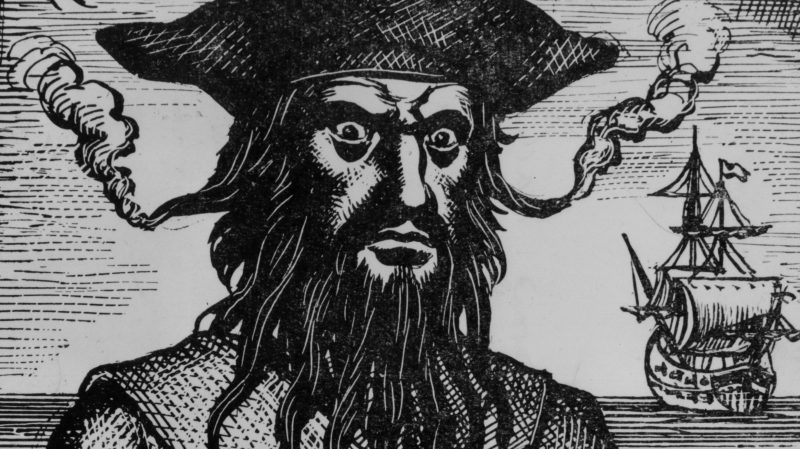Pirates are popular in the modern day, a kind of pop culture craze fuelled by films such as the “Pirates of the Carribean” series, and bands like Alestorm. Pirate facts are all over the Internet, but many of these are unsupported and come from stories and modern movies. The genuine “Golden Age” of piracy might be quite different to what you think.
Nautical Lingo
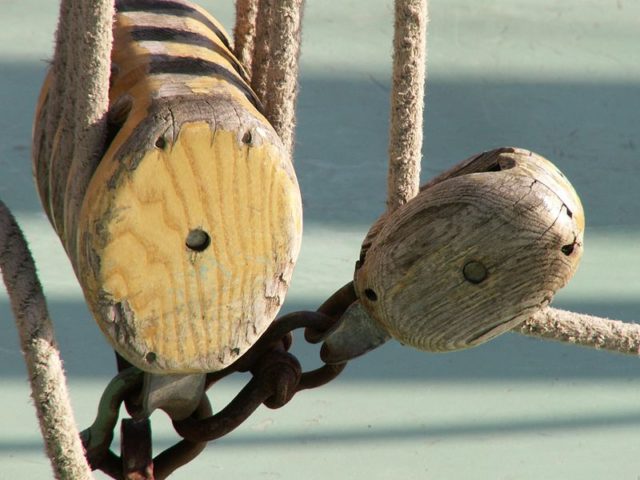
Pirates had their own nautical slang, much of which we still use today. The phrase “learn the ropes” today means to learn how something should be done. This comes from the literal need for pirates understand the network of pulleys and ropes that operated the ship’s sails. With pirates from countries and places from all over the world on the same boat, it’s easy to see why their jargon mixed and borrowed phrases and words from from many different languages.
Homosexual Pirates
When you hear the word pirate, you may well think of a sexy, bearded, womanizing troublemaker. Jack Sparrow, anyone? While this may have been true for some, it is also interesting to note that homosexuality was openly accepted in the pirate community. Pirates lived outside the law and rejected the conservative social principles of the time. A form of gay marriage, called matelotage, was even allowed. In the mid-1600’s, the French flooded the pirate port of Tortuga with prostitutes in an effort to combat the matelotage, which they saw as immoral and ungodly.
Democracy
Pirates were actually a far cry from the anarchists they are often portrayed as being. In fact, Democracy was an important institution in the pirate world. All pirates were considered equal, and positions such as quartermaster and even captain were elected. This, of course, reduced the chance of mutiny or insubordination by ensuring that the captain was at least somewhat well liked.
Female Pirates
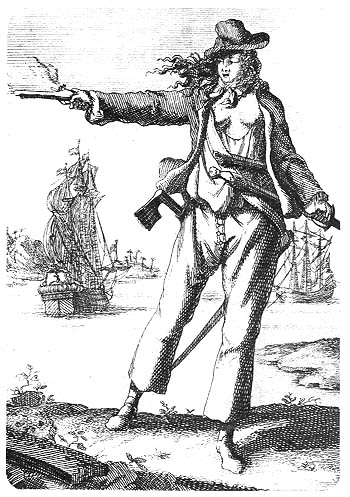
As you might expect following the theme of equality of among pirates, women were also widely accepted. To join a crew, they had to cross-dress, but not actually pretend to be a man. One of the most successful pirates in history was Ching Shih, a Chinese prostitute who became the pirate queen of Asia. At her peak, she controlled around 1800 ships, 80,000 pirates, almost the entirety of the Chinese province of Guangdong, and had unrivaled power in the South China Sea.
Workers’ Compensation
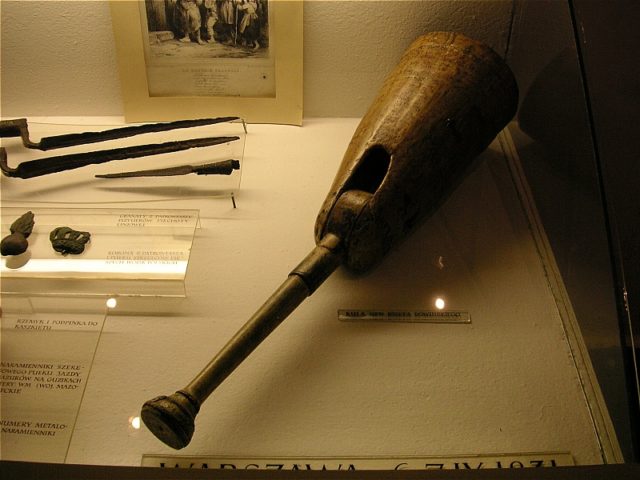
Often, the loss of a limb or other major injury did not mark the end of a pirate’s career. A lot of the time they would continue to ply their trade, and were often revered by their fellow crew members as courageous and strong.
In fact, pirate crews often operated a kind of injury compensation scheme, whereby a more major injury was worth more than a minor one.
Legality
While it is true that many pirates were criminals who had no allegiances except to their ship, their crew, and to themselves, many operated within the law as privateers. Privateers operated on the behalf of a specific country, looting and capturing enemy ships – mostly merchant vessels.
The privateers would be issued Letters of Marque, which authorized this activity under the authority of their patron state. Privateers became a very effective form of economic warfare and were used extensively by the major powers of the 17th, 18th and 19th centuries, especially by France, the USA, and the United Kingdom.
The Pirate Code
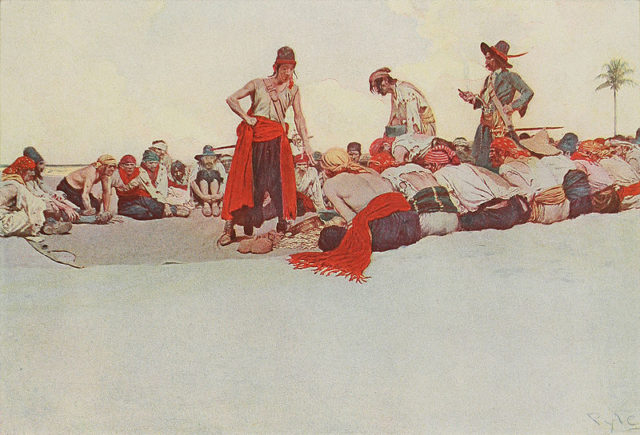
As already stated, pirates valued the principles of equality and democracy very highly. These ideals formed a very important part of the pirate code, which also espoused honesty and loyalty to one’s comrades. The pirate code also opposed authoritarianism and the use of violence and force to subjugate people.
Recruitment
Pirate crews had a very high turnover, with death and desertion being very common. Most pirates were volunteers, but they weren’t above using force to coerce people into joining them in order to fill in their numbers. It was also very common for pirates to invite captured sailors to join their crew, an offer which many took up.
